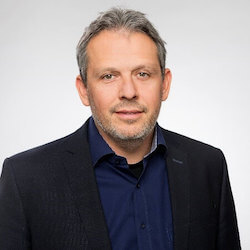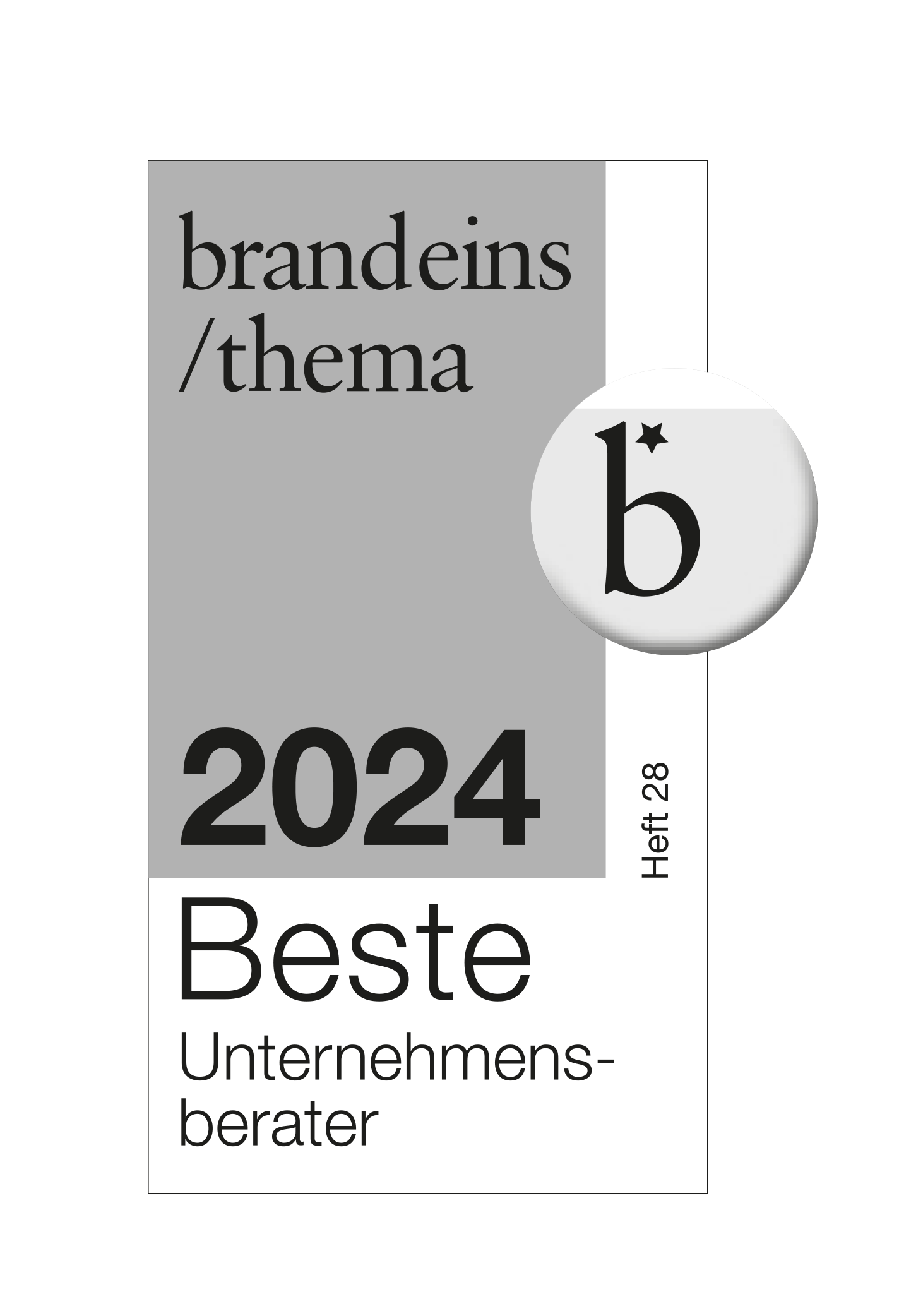Setup of a central SAP BW, 4HANA and SAP Analytics Cloud solution to efficiently pursue strategic corporate goals
The Refratechnik group is a global company network with activities in the refractory industry and in the field of industrial minerals. Established 70 years ago, the world's largest family-owned business for refractory products currently comprises 27 locations and over 2,000 employees.
Silke Denecke, Marianne Hennies and Alexander Bätz explain why Refratechnik is setting up a central data management and analysis solution and what benefits are associated with it.
Ms. Denecke, what role does the “digital transformation” play in your company? What strategic corporate goals are you pursuing with the introduction of the central SAP BW/4HANA and SAP Analytics Cloud solution?
Silke Denecke: The digital transformation is a very important process for us to ensure the group's continued success. It is a top priority for us and all departments are working on digital solutions in their area. For example, from financial accounting, document management through to customer care. The digital transformation will enable us to become faster and more effective in these areas. Our goal is to be one of the best-managed companies in the world, also in terms of how we deal with ongoing digitalization.
With the introduction of central BW/4HANA, we are taking a giant step in the direction of big data & analytics. Central data storage enables correlated analyses across different topics. In this way, we want to create added value and better understand our customers and processes. Our starting point for this project has been comparatively good. We have carried out harmonizations in many areas in recent years. These now help us to obtain information efficiently.
Ms. Hennies, you are Controlling manager at Refratechnik and are currently leading the introduction of the data management and analysis solution on the basis of SAP BQ and SAP Analytics Cloud, parts of which have already been rolled out to the organization. What was the initial impulse for this project and what special requirements did you have for the future software solution?
Marianne Hennies: Our challenge was to introduce a business intelligence tool that can be highly integrated with our existing SAP ERP system and other SAP cloud system and also other systems (e.g., SQL database). We wanted to implement an innovative tool that would be intuitive and easy to use for our target group. Our target group consists of both our top management and senior positions in our subsidiaries.
When evaluating SAP Analytics Cloud, we realized that this tool provides impressive visualization, but we still needed to implement BW/4HANA as a database to leverage the full innovative potential of this tool. We also decided to go with a live data connection, which made our project somewhat pioneering in terms of data modeling.
Against the backdrop of multiple locations, stakeholders and heterogeneous requirements: What was the biggest functional challenge in this project and how did you solve it?
Marianne Hennies: First of all, there is the issue of master data. Over the past years, we have been able to successfully implement various SLO projects (System Landscape Optimization) (uniform operating concern, uniform chart of accounts, uniform material masters, newly created sales segments). We wanted to take full advantage of the strength in our financial, material and sales data with a BW/4HANA approach.
However, for each data model which we connected to BW/4AHANA, we had to check the master data at a global level and in some cases still have the business departments revise it. On top of a uniform material master, as an example, there were some other decisive characteristics that we further structured during our project. We had uniform data but not in a uniform language. We thus decided to load all models into BW in English only.
Since we used a live data connection, it reacts very sensitively to the smallest master data deviations.We were faced with a very big functional challenge in the FI model. As we are still using the old general ledger in SAP ECC, there was no consistent data model for integration into BW/4HANA. In the first test, only the P&L data could be displayed without errors. In the balance sheet, on the other hand, the bill of exchange account logic could not be mapped correctly. Therefore, a new approach had to be developed and a second FI model was created. With this model, both the balance sheet and the P&L values can now be displayed cleanly, but only as accumulated values and not as periodic values.
Mr. Bätz, I would also like to put this question to you. How would you describe the project in terms of its functional challenges and solution approaches?
Alexander Bätz: Ms. Hennies has already mentioned the significant advantages that have contributed to the success of the project from my point of view. On the one hand, Refratechnik had already created harmonized master data in a central SAP system and this is where the current key figures project benefited from the preliminary work from past projects. Equally important, however, was the choice of an agile project approach with a central project team and a clear focus on the key performance indicators that are relevant to success and support the corporate strategy.
Ms. Hennies, SAP is a great pioneer when it comes to providing innovative and integrated software solutions. On the other hand, the maturity level of new software releases and features is not yet consistently at 100%. What obstacles did you encounter during the implementation of the solution and how did you deal with them?
Marianne Hennies: At the time of its implementation, SAP Analytics Cloud had not yet achieved a maturity level of 100%. This became obvious because new functionalities were successively introduced and further developed, initially at two-weekly intervals and, since this year, at quarterly intervals.We decided directly to implement a live data connection. Because even if it did not support all functionalities in SAC at the time of introduction, it became clear as a more promising solution for the future.
Many items on the SAC development roadmap related to the expansion of the live data connection. Therefore, we always had to keep an eye on the latest developments and the changing framework conditions in our project, e.g., to set up single sign-on.Initially, single sign-on was only available for access with the web browser. Currently, we are still working on offering single sign-on in the SAC mobile phone application, as this requires configuring a new connection type.
From the outset of the project, our objective was that our managing directors would be able to access SAC reports worldwide on mobile devices via the live data connection. Our incoming orders are updated hourly in BW. We thus achieve quasi live reporting in the SAC app. Of course, it is all the more important that access is quick and easy via single sign-on.
In order to position ourselves for the future in this area, we have set up a small BI team in our controlling function that models, tests and supports BW/4HANA and the SAP Analytics Cloud. Regarding some functionalities, we are still among the first users.
Mr. Bätz, how do you ensure that these obstacles do not jeopardize the overall success of the project?
Alexander Bätz: Well, finally you can meet these actual challenges only with a certain amount of anticipation, reliable test management and agility in the project approach. With a public cloud-based software solution with a high level of technical integration into an SAP BW system, you must focus on the product roadmap with its updates and conduct near-production regression tests.
Here, flexibility must be ensured, features should only be postponed for a moderate amount of time in order to actually release them only after successful testing and confidence in their usability. After all, the application should be intuitive, perform well and be stable right from the start, and should not be a problem from the very outset. Here, a certain amount of patience paid off in the course of the project.
Ms. Hennies, when you review the project, what were you most pleased about?
Marianne Hennies: A successful project is based on a successful project team. On our side, we involved young colleagues in the project and msg treorbis provided us with a very experienced project team. In many stages of our project we were a very agile customer. And it was this combination of experience and willingness to change that that kept us on a very innovative course in this project.
Ms. Denecke, one final question. When you look ahead to the next 5 years, what are the three key challenges when it comes to the digital transformation?
Silke Denecke: One challenge in the next 5 years are customer and market interfaces and data quality. We have to constantly evaluate what our customers and the market require from us in terms of digital solutions and whether there are changes that can significantly influence Refratechnik's business model. How quickly must Refratechnik also develop internally to keep up with the competition?
These are questions that we will have to ask ourselves continuously in the coming months and years. It is also very important how we manage to ensure high data quality in the future. Without clean data, the best systems are of no use. And this a quite a challenge for an international group like ours.
Another topic that is becoming increasingly important is IT security. Cyber attacks and an associated loss of data or IT outages pose a serious threat. Here, too, we must continuously ensure that our systems and data are secure.
Also not to be underestimated is that leadership is changing with the digital transformation. Due to the increased complexity and dynamics, the digital world requires new approaches to projects and thus also additional competences from managers. Developing these competences and integrating new and agile approaches to work will be another challenge in the coming years.
Mr. Bätz, what do you think?
Alexander Bätz: I think that Refratechnik has a very high willingness overall to engage with innovative tools and software solutions. This is the basic prerequisite for anchoring such solutions in the organization accordingly. But as fancy and smart as future solutions may be, you must always keep the following core aspect in mind: Corporate management is number management and this means that consistency in data quality must be ensured throughout.
This includes both clarity in selecting the right control metrics as well as consistency of end-to-end calculation. If these topics have the appropriate visibility and value in the organization, customers can then build modern scenarios with nitty-gritty analytics features, such as predictive or AI features, on top of high-quality data.
Do you have any questions?

Alexander Bätz
Management Consultant
msg.HSC-Vertrieb@msg.group

